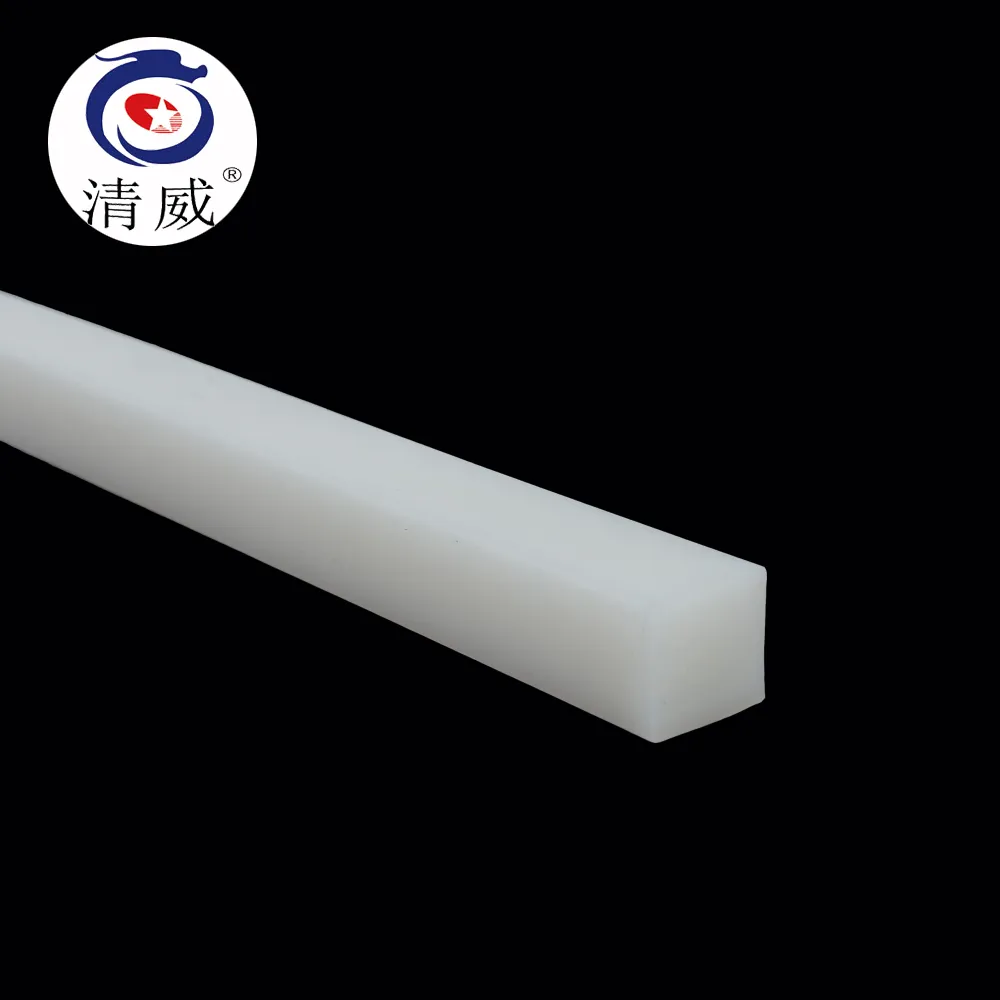Exploring Edge Banding Strips for Enhanced Finishing in Furniture and Cabinet Manufacturing
Understanding Edge Banding Strips The Unsung Heroes of Furniture Design
When it comes to furniture design and production, one often overlooked element is the edge banding strip. These strips, often made from wood veneer, PVC, or acrylic, play a crucial role in enhancing the aesthetic appeal and durability of various types of furniture. Understanding edge banding strips is essential for both manufacturers and consumers who want to ensure their furniture is not only beautiful but also built to last.
What is Edge Banding?
Edge banding refers to the process of applying a narrow strip of material to the exposed edges of particle board, plywood, or MDF (medium-density fiberboard). This practice serves multiple purposes it provides a finished appearance, protects the core materials from moisture and damage, and adds strength to the edges, preventing chipping or splintering during use.
Importance of Edge Banding
1. Aesthetic Appeal The primary function of edge banding is to create a seamless and attractive look for furniture. When edges are left unfinished, they can appear raw and unpolished. Edge banding can be matched with the surface finish of the furniture, creating a cohesive appearance that enhances the overall design.
2. Protection The edges of particle board or other composite materials are particularly vulnerable to water damage and wear. Edge banding acts as a barrier, protecting these edges from moisture, which can lead to swelling and disintegration over time. This is especially important in environments like kitchens and bathrooms, where exposure to humidity and spills is common.
3. Durability In addition to protecting against moisture, edge banding adds strength to the edges of furniture. The materials used for edge banding are typically dense and resilient, helping to prevent chipping or cracking. This durability is vital for maintaining the integrity of the furniture throughout its lifespan.
4. Customization Edge banding comes in a variety of materials, colors, and finishes, allowing designers and manufacturers to customize their products. Whether it is a sleek, modern acrylic edge or a classic wood veneer, edge banding can enhance the character of the piece, providing endless possibilities for customization.
edge banding strip

Types of Edge Banding Strips
1. Wood Veneer Made from real wood, veneer edge banding offers a natural look and can be stained or finished to match the surrounding surfaces. It is often used in high-end furniture designs but requires careful handling to prevent damage.
2. PVC Polyvinyl chloride edge banding is durable, waterproof, and easy to clean. It comes in a wide range of colors and textures, making it a popular choice for contemporary furniture styles. PVC edge banding is also more cost-effective, making it accessible for mass-produced furniture.
3. Acrylic Known for its glossy finish and modern aesthetic, acrylic edge banding is often used in contemporary designs. It is durable and resistant to scratching but can be more expensive than other types.
Application Process
The process of applying edge banding typically involves adhesive bonding. Manufacturers use specialized machines to heat the adhesive and press the strip onto the edge of the board. Once attached, any excess material is trimmed away, and the edges are smoothed for a flawless finish.
Conclusion
Edge banding strips may not be the standout feature of furniture, but their importance cannot be overstated. They provide protection, enhance durability, and improve aesthetic appeal, making them an essential aspect of modern furniture design. Whether you are a manufacturer looking to improve your products or a consumer interested in quality furniture, understanding edge banding can lead to better choices and greater satisfaction in your investments. As the furniture industry continues to evolve, edge banding will remain a critical component in the quest for both functionality and style.
-
Silicone Seal Strip: The Ultimate Solution for Your Sealing NeedNewsNov.01,2024
-
Keep the Heat: The Importance of Seal for Oven DoorsNewsNov.01,2024
-
Essential Guide to Corner Protectors for Your FurnitureNewsNov.01,2024
-
Enhance Your Home with Silicone SolutionsNewsNov.01,2024
-
Efficient Maintenance of Melamine Sealing StripsNewsNov.01,2024
-
Comparison of Different Edge Sealing ProcessesNewsNov.01,2024
-
Types of Door Bottom Seal Strips and Their Best UsesNewsOct.25,2024